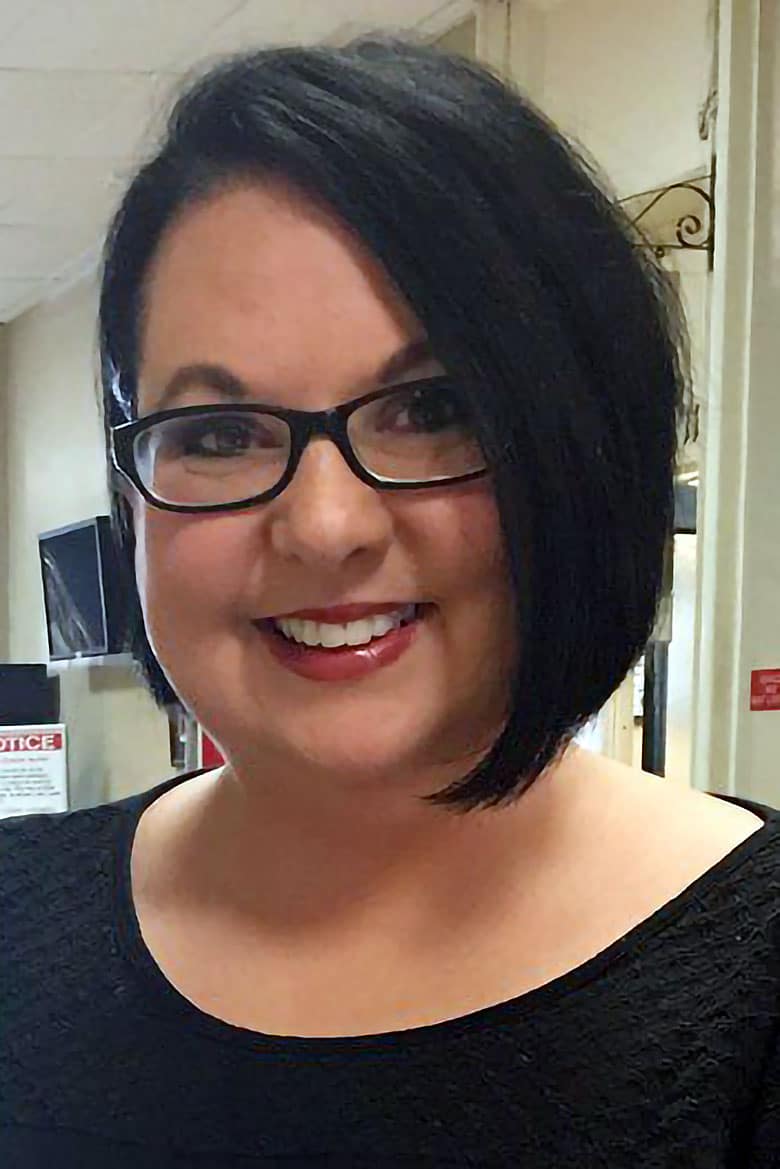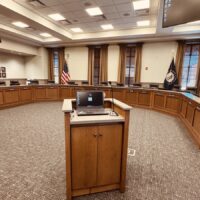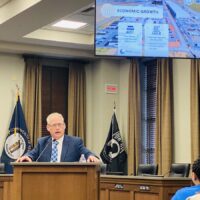Approximately 7% of Christian County’s 54,706 registered voters had requested a mail-in ballot as of Wednesday afternoon, and a local election official says several procedures are in place to make sure the votes on those ballots will be counted.

“We are protecting these ballots. They are as precious to us as they are to the voters,” said Christian County Deputy Clerk Melinda Humphries, who oversees local elections. This year marks her 30th election working in the clerk’s office.
Many of the security measures for mail-in ballots are state procedures, such as the bar codes affixed to envelopes that give voters a record of when their ballots are sent to them, received by county election officials and counted. Other measures are unique to Christian County.
Election officials expect more voters will use mail-in ballots in the Nov. 3 general election because the state has made it easier because of the coronavirus pandemic. Any voter worried about being exposed to the virus may request a mail-in ballot and doesn’t have to provide any proof of a health concern.
Humphries outlined for Hoptown Chronicle the following steps in voting by mail:
After a voter requests a mail-in ballot online through the Kentucky Secretary of State’s office or locally by contacting the Christian County Clerk’s Office, the state sends the ballot to the local clerk.
As mail-in ballots come from Frankfort to Christian County, they are prepared to go out to voters. Then, the Christian County Sheriff’s Department carries every ballot from the courthouse to the post office. It is an extra level of security that is not required, but one that Humphries said she prefers.
Ballots are mailed directly to voters from the Hopkinsville Post Office. They do not go to a processing center in another city, said Humphries.
As of Wednesday, 2,648 of 3,800 requested had been mailed out and 345 had been returned by voters to the courthouse, either by hand-delivery or through the mail.
Returning ballots
Voters have the option of returning their completed ballots in the mail or hand-delivering them during regular business hours to a secure dropbox. There’s a dropbox inside the Christian County Courthouse, 511 S. Main St., or the Christian County Sheriff’s Department, 701 W. Seventh St. Voters may also use the drive-thru business lane at the sheriff’s department.
Ballots returned by mail must be postmarked by Election Day, Nov. 3, and must be received no later than Nov. 6. Hopkinsville Postmaster Robert Gentry personally delivers the returned ballots to the clerk’s office.
“We all have to be accountable,” Humphries said. “The post office has been really good to us. I am proud of the relationship we have with them.”
Counting votes
When the clerk’s office begins scanning the returned ballots to count the votes, a quorum of the County Election Board must be present. The quorum must include at least one Republican and one Democrat. The board members are Democratic representative Jim Gardner, Republican representative Roxane Thomas, Christian County Sheriff Tyler DeArmond, who is a Republican, and County Clerk Mike Kem, a Democrat.

Humphries said the office will begin scanning the ballots within a couple of weeks.
Each member of the election board is able to bring a couple of helpers to open the envelopes. Board members scan the ballots; the office has four scanning machines.
The scanner brings up a copy of the voter’s drivers license signature to compare it to the signature on the ballot paperwork. If a signature appears to not match, the clerk’s office can contact the voter.
In some cases, a voter might have to go to the courthouse to verify their ballot. The clerk’s office makes every effort to find voters and clear up any problem with a ballot.
There are valid reasons that signatures might not appear to match, said Humphries. An injury can cause a person’s signature to change. So can illness or aging, she said.
The mail-in vote totals will be set aside until Nov. 3. After the polls close at 6 p.m., the mail-in results will be reported as the absentee total on election night.
How to complete a mail-in ballot
The ballot comes to the voter in a large white envelope marked “Official Election Mail” from Michael A. Kem Christian County Clerk. Inside the envelope, there is a ballot, two instruction sheets, an outer return envelope (white) and an inner envelope (tan).
After completing the ballot, the voter puts it inside the tan envelope and signs that envelope. Then the tan envelope labeled “absentee ballot” goes inside the white envelope. It also must be signed. No postage is required to mail the ballot back.
Voters may check online for the status of their ballot, including whether it has been received at the clerk’s office.
A few problems voters should try to avoid
In previous elections, the most common mistake voters made with mail-in ballots was failing to sign both envelopes, said Humphries.
There are some non-partisan races on the ballot this year. If a voter picks a straight party vote on the top of the ballot, they should also look for the nonpartisan school board races and the Court of Appeals race.
Two constitutional amendments — dealing with crime victim rights and terms of service for judges — are on the back of the ballot. Some voters might forget to turn the ballot over and miss their opportunity to be heard on those, said Humphries.
Hoptown Chronicle has also prepared this voting guide with information about registering to vote, early in-person voting and Election Day polling places.
Jennifer P. Brown is co-founder, publisher and editor of Hoptown Chronicle. You can reach her at editor@hoptownchronicle.org. Brown was a reporter and editor at the Kentucky New Era, where she worked for 30 years. She is a co-chair of the national advisory board to the Institute for Rural Journalism and Community Issues, governing board past president for the Kentucky Historical Society, and co-founder of the Kentucky Open Government Coalition. She serves on the Hopkinsville History Foundation's board.





